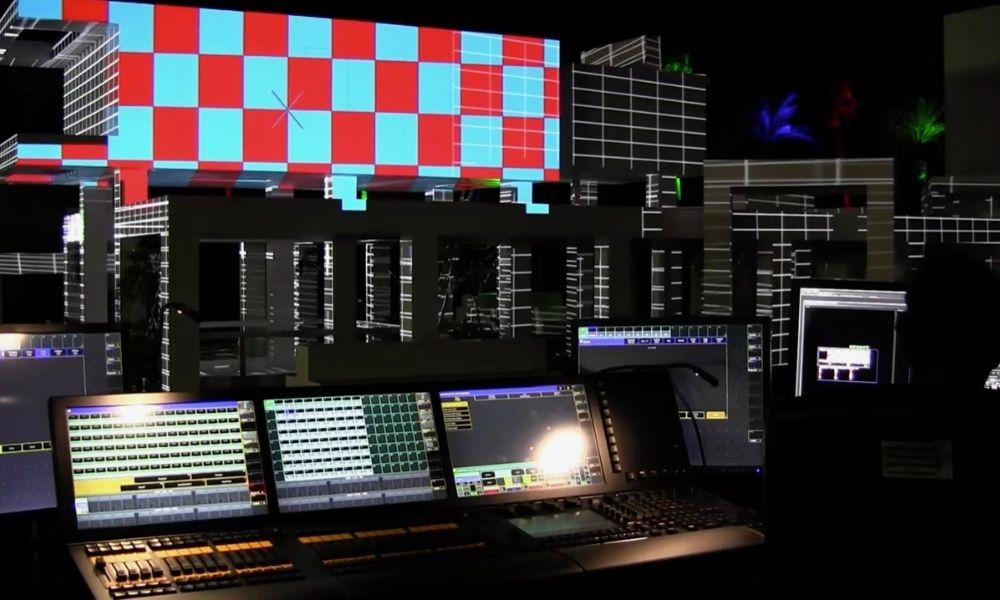
Thanks to the growing abilities of modern technology, corporations, producers, and advertisers can now produce graphic images to reimagine events and displays. The technology behind this concept is 3D projection mapping. Let’s dive into how it works.
Projection mapping is a projection technology in which a video or images are mapped onto a surface, turning common objects, such as buildings, stages, and even water, into interactive displays. Custo-designed surfaces are also used for specific events and needs. These surfaces become a canvas upon which the surface’s shape, size, and texture create an experience of light and illusion with the projected graphics.
Using a pre-production process from a professional 3D projection mapping service fits images onto a 3D graphic model of the building or structure. The images then appear to wrap themselves around the physical features of any structure. This gives the illusion that the image is part of the structure even though it is not.
This process can also project virtual images on a smaller scale object, such as a mannequin or a car, to completely change their color, structure, and appearance.
Now that you understand 3D projection mapping, including what it is and how it works, let’s look at how it can be used.
3D projection mapping is useful in numerous industries to take events, concepts, and campaigns to the next level. For example, an advertising agency may use 3D projection mapping to portray an image for their client’s campaign on the side of a building. It can work as a spectacle at a convention or as a means to create multiple designs on a singer’s dress during a concert. There are nearly infinite opportunities for companies to improve their visual displays with 3D projection mapping.

